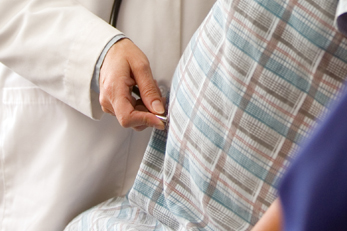What are some reasons why I might need to have a C-section?
You should have a C-section only if there are medical reasons for it. You may need to have a C-section if:
- You've already had a C-section or other surgeries on your uterus.
- Your baby is too big to pass safely through the vagina.
- The baby is in a breech position (buttocks or feet first) or a transverse position (shoulder first). The best position for a baby is headfirst.
- There are problems with the placenta (the organ that nourishes the baby in the womb). Placental problems can cause dangerous bleeding during vaginal birth.
- Labor is too slow or stops.
- You have umbilical cord prolapse (the umbilical cord slips into the vagina, where it could be squeezed or flattened during vaginal birth).
- You have an infection like HIV or genital herpes.
- You can pass some infections to your baby during vaginal birth.
- The baby shows signs of stress during labor, such as having a slow heart rate.
Will my labor be induced?
Inducing labor is when a provider gives you medicine to make you start labor. Your labor should be induced only if there are medical reasons for it. Your provider may induce your labor if:
- You are past your due date.
- The baby's growth or movement has slowed a lot.
- The placenta is no longer working correctly.
- Amniotic fluid levels are low.
- Your water breaks before labor is ready to start.
- The baby is getting too big.
- You have diabetes and have arrived at your due date.
- You have severe preeclampsia or another illness that affects your health or the health of your baby.
- The baby has Rh disease, which is caused by an incompatibility between your blood and the baby's blood.



